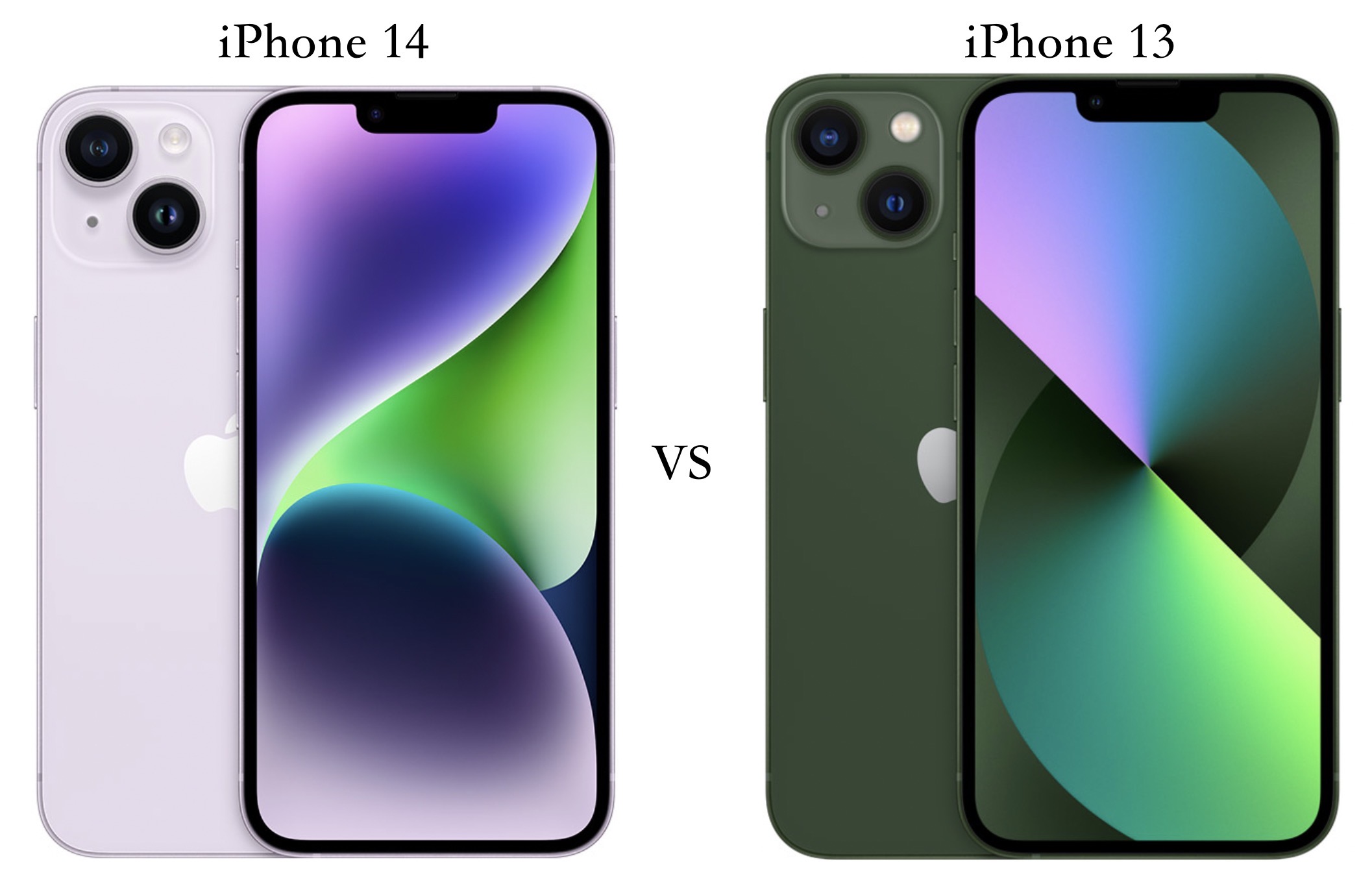The "Hassi No. 2" satellite completes the rail test. Why use the satellite to watch the ocean?
Author:China Popular Science Expo Time:2022.09.15
Recently, the satellite named "Hais II" announced the completion of the rail test, and has taken more than 26,000 pictures.

"Hais II" Haixiao Satellite Space Work Simulation Animation (Source: Aerospace Oriental Red Co., Ltd. (Southeast Network))
Since there is "No. 2", there is one No. 1. In December 2020, the "Haisi No. 1" satellite was lifted off, and in June 2021, the "Hassi No. 2" satellite was lifted off. According to the convention of space, they have conducted long -term orbit tests to be regarded as formal "work." Now they form the "Haisi" constellation together, shining in space.
More than 26,000 pictures taken by the "Haise II" satellite that soared in space, what are the pictures? Is it the starry sky and the universe? On the contrary, it is aimed at the earth we live in, and focus on the ocean, deserved the word "sea" in its name.
There are many innovations in the "Hassi No. 2" satellite, but it is not unique. In fact, many "marine satellites" have launched in the world in the past. Marine satellites are a type of remote sensing satellite. It mainly adopts optical methods to implement a comprehensive observation of the marine ecological environment in long distances. my country launched the first marine satellite- "Ocean -One" satellite as early as 2002.
The satellite distance is far from the surface, and it is impossible to see it more realistic than getting closer. Why use the satellite to watch the ocean from the space?
Ocean satellite coverage is large, especially to cover the earth hemisphere and even the world
The ocean is very vast, covering the surface of the earth about 70%, and the changes in the elements such as the sea surface and the waves are also quite rapid. As a satellite in Gao Fei in the universe, it is conceivable that the detection of marine satellites can cover the huge sea area, especially the pair of pairs. Earth hemisphere and even global detection capabilities can not only detect marine information as much as possible, but also use large -scale phenomena such as atmospheric circulation and El Niopy phenomena.

In December 2015, a large -scale change in the geographical longitude of the Pacific Ocean Sea (picture source: https: //www.nvl.noaa.gov/storymaps/ditc/Enino/elnino_teachersguide.pdf)
The "Hassi No. 2" satellite flys on the rails of the sun, which is also a type of track often selected by remote sensing satellites. The satellite turns around the earth. Why is it synchronized with the sun? Using the tracking effect of the rail, the sun synchronization orbit selected the orbital inclination angle slightly greater than 90 °. According to the calculation, the advancement speed is about 1 °, which makes the track plane and the sun always maintain a fixed orientation. In other words, the orbital plane of the satellite is also rotating 360 ° a year, which is always vertical on the connection of the sun and the earth. Then the satellites around the earth will not be blocked by the earth. The "Sun synchronization" is also realized. Therefore, the "synchronization" of the solar simultaneous track is actually the revolution of the earth.
There are two benefits to doing so. One is to maximize the use of solar power generation, and the other is that every time the satellites fly over a certain place, the sun is illuminated from the same angle. Through comparison photos, more information can be obtained. Therefore, the choice of such orbiting of marine satellites is very beneficial to the acquisition and relatively beneficial to the marine image information.
From the perspective of space, the solar synchronous orbit is rotated by the orbital plane around the earth's rotation axis. The direction is the same as the Earth's rotation direction.
Ocean satellites must be able to perform all -weather detection all day, and the ground coverage cycle should be short
First of all, the marine day and night and the year every year are changing. The detection of marine characteristics is not overnight. Ocean satellites can be observed as much as possible without restrictions on weather, and it is a long -term observation. In addition, the dynamic process on the ocean, such as wind, waves, tide, ice floats, etc. on the sea, they change quickly with time, so the cycle of continuous observation and flying around the earth is required. Essence

The National Satellite Ocean Application Center uses China -French marine satellite to observe the typhoon "Kuchima" (picture source: http://www.nsc.ac.cn/xwdt2015/xwsd2015/202002/W020222636286947032.jpg)
We just mentioned that the "Haise II" satellite flying on the rails of the sun. The height of this orbit is generally about 500-700 kilometers. Most satellites can only take about 1 and a half hours to go around the earth. Although the satellites are no longer over the original sea area, many phenomena in the ocean have a large scope of expansion, and the area of satellite shooting also has a certain width, and combined with other satellites can complete the task well.
In addition to qualitative detection, marine satellites should also try to improve the accuracy of quantitative detection
For some high -level marine phenomena, qualitative detection may be met, but most of the marine detection still requires quantitative detection as much as possible. For example, we have a large -scale detection of the height of sea level planes. At present, the relative accuracy of satellite detection can reach 1 to 3cm. This With such as fine detection as possible, we can study as much as possible from China. The same is true of other marine information. Although the accuracy of marine satellite detection is currently limited, it can be further improved.
For example, the "Hassi No. 2" satellite is a minimalized optical remote sensing satellite with the ecological environment of offshore and inland water as the observation goal. (The central wavelength is 450/490/570/625/680/710/745/865 nanometer), the ground under the star point is like a meta -resolution of 20 meters, which is greatly better than the traditional satellite resolution, especially the selected bands selected. Observations for offshore and inland water bodies, especially to show better tide or oil spill. The signal -to -noise ratio of the eight bands is greater than 270, which is also very superior to other multi -spectrum satellites, which is conducive to generating higher -quality water quality quantitative products. Compared with ordinary satellites, the precision requirements of the orbital positioning of marine satellites are high
Ocean satellites have requirements for the detection accuracy of quantitative detection, and naturally have high requirements for its satellite rail radial high level of measurement accuracy, so as to perform mathematical solution as accurate as possible. Ocean satellites may be a few higher than the usual rail accuracy. At present, a number of measures such as GPS positioning, ground global laser ranging and radio global ranging network are taken on the star.
Real -time monitoring of marine wind farm (picture source: National Satellite Ocean Application Center WeChat Mini Program)

It is these characteristics and corresponding requirements that make marine satellites have their own special features compared to the marine survey on the earth. The broad coverage capacity of satellites is not limited by geographical location, weather and human conditions. It can touch areas where the ground is difficult to reach directly, such as remote areas or dangerous areas, or political sensitive sea areas; it "stands high and looks far away" It can directly provide large -area sea images, which is conducive to large -scale drawing and monitoring; it continuously fly around the earth and periodically monitor the long -term or short -term changes of the marine characteristics, such as circulation, sea temperature field, fish group migration , Pollutant diffusion, etc.
What monitoring of the high accuracy of the ocean?
Specific to the "Hassi No. 2" satellite, the 8 channels it chose, and the monitoring of the high accuracy of the ocean, what can they do?
For example, the observation picture of the "Hassi II" satellite can be known to the basic parameters of water bodies such as chlorophyll, primary productivity, suspended sediment, transparency, etc., and identify the category of large algae and floating plants;
For another example, the "Hassi No. 2" satellite can carry out water depth measurement and bottom classification of the clear shallow seas to achieve terrain monitoring of specific waters;
Furthermore, the "Haise II" satellite can refine the water quality testing of the near -sea harbor, estuary, inland lakes, and rivers, such as monitoring red tide and oil spill, helping disaster prevention and mitigation;
There is also a subject that keeps pace with the times -carbon emissions and carbon neutrality. The "Hais II" satellite can help the estimation of the carbon dioxide flux and other carbon circulation parameters between the atmosphere, and improve the quantitative accuracy of China's offshore carbon flux.
If these tasks go to the scene to inspect the boat, the effort will be much greater, and it is very beneficial to the satellite.
Haisi No. 2 Satellite LOGO / Designer: Cai Zunhuang (Picture Source: Southeast Network)

Xiamen University and their partners, which have developed "Haisi No. 1" and "Haise II", plan to launch multiple light small SAR (synthetic aperture radar) satellites and multi -spectrum water -colored satellites in the future. "Constellation", comprehensively network operation, comprehensively covered the coastal belt and large lakes and watersis with high time resolution, like "Skynet" on the earth on the earth, so that humans can better and faster understand every corner of the river, lake and sea, The changes are happening.
Produced: Popular Science China
Author: Wang Yan
Producer: China Science Popularization Expo
The China Science Popularization Expo is the Science Popular Science Platform of the Chinese Academy of Sciences. It is sponsored by the Computer Network Information Center of the Chinese Academy of Sciences. Relying on the high -end scientific resources of the Chinese Academy of Sciences, it is committed to spreading cutting -edge scientific knowledge and providing fun science and education services.

- END -
[Rural Reading Season] "I Love Reading 100 Days" Reading and Pickup Event has begun!

In order to meet the digital reading needs of farmers, and effectively cultivate f...
What is the difference between iphone 14 and iPhone 13: What is the difference?

iPhone 14 may be the least changeable model. It is not only exactly the same as th...